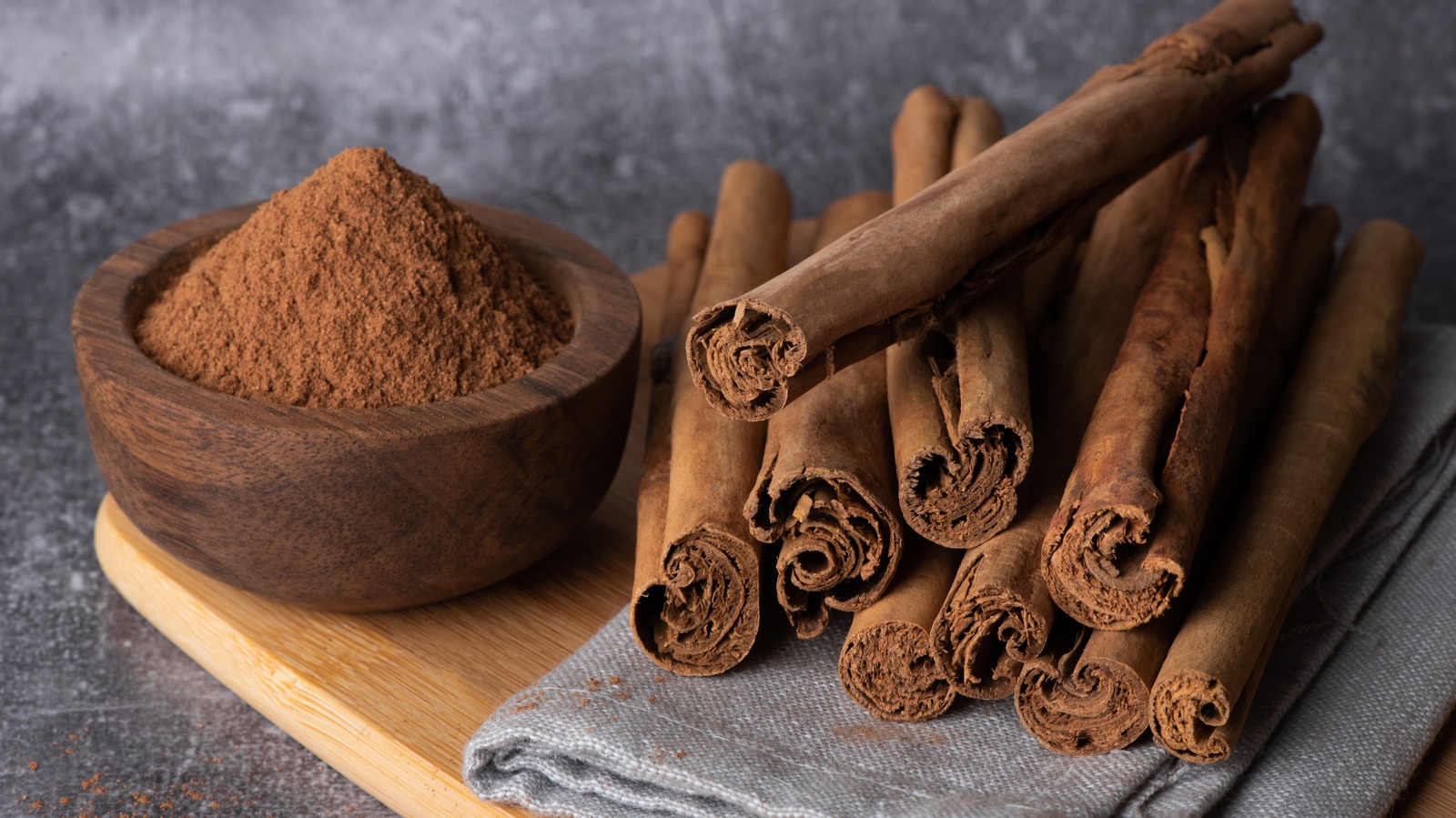Unveiling The "Cinnamon Spicyy" Secret: A Deep Dive Into Aromatic Delights
From ancient spice routes to modern coffee shops, the allure of cinnamon is undeniable. This aromatic bark, with its distinctive warmth and hint of sweetness, has captivated palates for millennia. But beyond its comforting familiarity, there's a world of "cinnamon spicyy" nuances waiting to be explored, a complexity that makes it far more than just a simple kitchen staple.
Join us as we embark on a fascinating journey to uncover the multifaceted nature of this beloved spice. We'll delve into its origins, differentiate between its most common forms, explore its diverse applications from culinary masterpieces to digital interfaces, and even meet a charming character named after it. Prepare to have your understanding of cinnamon spiced up!
Table of Contents
- The Essence of Cinnamon: More Than Just a Spice
- Ceylon vs. Cassia: Understanding the "Cinnamon Spicyy" Spectrum
- Culinary Magic: The "Cinnamon Spicyy" Touch in Your Kitchen
- Beyond Flavor: The Health Benefits of Cinnamon
- "Chemistry Like Apple and Cinnamon": A Metaphor for Perfect Harmony
- Cinnamoroll: The Beloved Sanrio Character
- Beyond the Kitchen: The Cinnamon Desktop Environment
- Conclusion: Embracing the "Cinnamon Spicyy" World
The Essence of Cinnamon: More Than Just a Spice
Cinnamon, or "cinnamon spicyy" as we fondly refer to its characteristic warmth, is a spice derived from the dried aromatic bark of trees belonging to the genus *Cinnamomum*. It's one of the oldest spices known to humankind, with a history stretching back thousands of years, revered for its distinctive aroma and flavor. The best quality cinnamon is typically harvested from the inner bark of the tree's trunk, with bark from the branches also being used, though often considered of slightly lesser grade. Its versatility is astounding, capable of transforming both sweet and savory dishes, and even finding its way into beverages, making it a true culinary cornerstone across various cultures. From a sprinkle on your morning coffee to a key ingredient in complex stews, the presence of cinnamon is always felt, often adding that subtle, yet profound, "spicyy" kick.Ceylon vs. Cassia: Understanding the "Cinnamon Spicyy" Spectrum
When we talk about cinnamon, it's crucial to understand that there isn't just one type. The "Data Kalimat" clearly distinguishes between Ceylon cinnamon (often simply called "cinnamon") and Cassia cinnamon (often referred to as "Chinese cinnamon" or "cassia"). These two varieties, while both derived from *Cinnamomum* trees, possess distinct characteristics that contribute to their unique flavor profiles and uses. Understanding the difference is key to appreciating the full spectrum of "cinnamon spicyy."Ceylon Cinnamon: The True Cinnamon
Ceylon cinnamon, scientifically known as *Cinnamomum verum* (or *Cinnamomum zeylanicum*), is often considered the "true" cinnamon. As the English explanation in our data indicates, it's "spice from the dried aromatic bark of the Ceylon cinnamon tree; used as rolled strips or ground." Primarily sourced from Sri Lanka (formerly Ceylon), this variety is characterized by its delicate, sweet, and complex flavor. It has a lighter, more subtle "spicyy" note compared to its Cassia counterpart. Ceylon cinnamon sticks are typically made up of multiple thin layers of bark, rolled together to form a soft, crumbly quill. Its color is a light tan-brown. Due to its milder flavor and lower coumarin content (a natural compound that can be harmful in large doses), Ceylon cinnamon is often preferred for desserts, delicate pastries, and dishes where a nuanced cinnamon flavor is desired without overpowering other ingredients. Its refined aroma makes it a premium choice for gourmands.Cassia Cinnamon: The Everyday Spice
On the other hand, Cassia cinnamon, primarily sourced from China, Indonesia, and Vietnam, is the most commonly used variety in countries like China and the United States, as highlighted in our "Data Kalimat." This type, often simply labeled as "cinnamon" in supermarkets, is derived from *Cinnamomum cassia* or other related species like *Cinnamomum burmannii* (Indonesian cinnamon) and *Cinnamomum loureiroi* (Saigon cinnamon). Cassia cinnamon is known for its strong, robust, and often more pungent "cinnamon spicyy" flavor. Its sticks are thicker, harder, and typically consist of a single layer of bark that curls inward from both sides. The color is a darker reddish-brown. While it offers a powerful flavor that is "very, very flavorful" as noted in the data, it also contains higher levels of coumarin. This makes it more suitable for savory dishes, heartier baked goods, and applications where a strong, assertive cinnamon presence is desired, such as in spice blends or as a bold topping. A little bit truly goes a long way with Cassia, allowing its presence to be distinctly felt.Culinary Magic: The "Cinnamon Spicyy

10 Impressive Health Benefits of Cinnamon | Taste of Home
:max_bytes(150000):strip_icc()/GettyImages-1005356338-9430eb100dca4e37ae6a30a56fc47032.jpg)
All About Cinnamon and Its Uses

The Ultimate Guide To Different Types Of Cinnamon And Their Uses